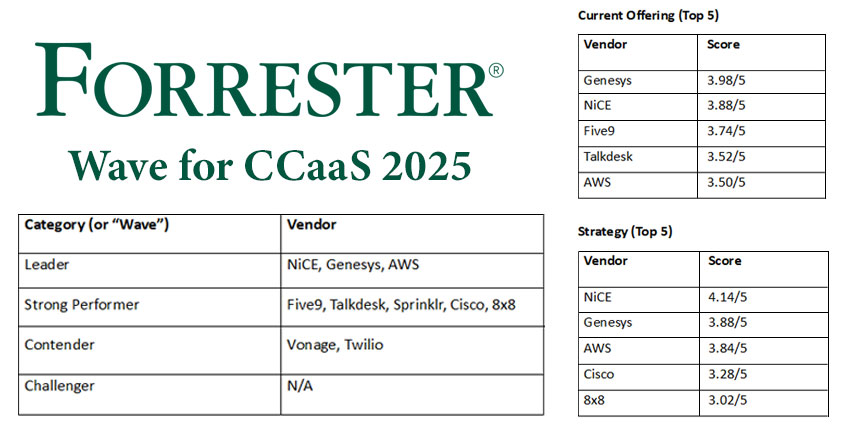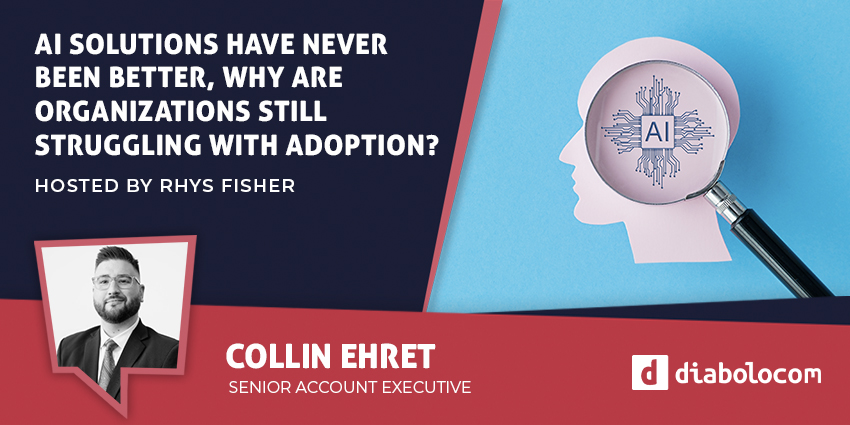Over the last two years, the contact centre has been far from the only area to have witnessed the rapid and unprecedented transformation. The effect that the growth of flexible work models and other pandemic-inspired changes has had on contact centre agents is the subject of a new report from Calabrio: Health of the Contact Centre 2021: Agent Well-being and the Great Resignation.
Thanks to original research on agent well-being, the report has identified a number of clear trends, including:
- The Stress Crisis, with agents reporting increased workloads
- The Technology Tug-of-War, or how some solutions are proving more effective than others
- What Agents Want, looking at the factors motivating agents to stay or leave
- What Flexibility Means Now, and how the contact centre industry has responded to remote working
In an exclusive interview, CX Today welcomes Calabrio’s Ed Creasey, Director of Pre-Sales and Graeme Meikle, WFM Consultant, to discuss the report and the ways in which the contact centre industry can respond.
Overcoming Workload Increases
One of the most startling statistics uncovered in the report is the fact that 96% of agents report feeling acutely stressed at least once per week in 2021. That’s at least partly ascribed to increased workload, with 44% of agents reporting that their biggest challenge is too many calls. With that being the case, the onus is on companies to find ways of assisting their agents whether it’s fostering a more balanced workload or providing the information and technology required to respond to customers.
“Talking to Calabrio customers, some of the options that people are looking at are increasing the flexibility of scheduling, allowing the agents to pick their own schedules, and introducing gamification so that agents feel more engaged,” says Meikle. “One of the big themes that have come out for people working at home is the lack of engagement – so the more engaged you can get your agents, the better.”
Technology is one potential route by which workload can be eased. The correct technologies for a specific scenario must first be identified, however. “You’ve got to have business intelligence and analytics, because of the need to understand the sources of the stress,” says Creasey. “Equally, contact routing technologies, where you can match agents to customers based on skills and preferences is a good place to start. Employee engagement technology is another focus for us and giving employees the flexibility they need in their schedules is important. Coaching to meet individual needs means they can have the type of career that they want. Most of all it’s about giving people a personalised experience because different employees have different needs.”
Another way of tackling agent stress is via a focus on culture. “The thing that’s becoming more and more clear is the link between employee experience and customer experience,” says Meikle. “It’s really important to get the employee experience right, otherwise your customer experience will never get up to the level it can be. That’s why we encourage companies to try and be as flexible as they can with their workforce and offer as many alternatives as possible.”
Becoming Omni-Channel
Aside from the sheer volume of interactions, the pandemic has also prompted customers to move into new channels. Calabrio found that 67% of UK agents reported that they were now managing more non-voice interactions per day – with an average of 14.4 additional omni-channel interactions compared to 18 months ago. That behavioural shift seems set to continue.
“The dynamic has changed the way that demand comes into the contact centre,” says Meikle. “It’s no longer just all calls – it’s emails, chat, Facebook Messenger and WhatsApp. There are hundreds of ways people can communicate now, and understanding that channel shift is really important for how you serve your customers.”
Managing the breadth of options available requires new approaches, as Creasey emphasises. “There’s a couple of typical situations we see when working with contact centres. Number one is that all the data from the different channels are in silos. Often that’s because, in the last few years, they have evolved quickly and vendors were chosen based on whoever could do it quickest. Now, you’ve got to remove those silos. Once you have all the channels together, you can see a customer’s journey from voice to chat to email. With a single view of the truth, you can see an individual’s performance, which can then decide what sort of personalised coaching should be applied.”
How well agents react to this kind of digital transformation is at least in part informed by the generation they were born into. “What we’re seeing now is employees that come into the workplace who have only really ever used mobile operating systems. When they arrive in an environment with lots of different legacy applications on a desktop, and they’re used to having the simplicity of a smartphone, you get challenges. That’s where having tools that are easy to use, but also smart, are essential.”
The Great Resignation?
The Great Resignation itself refers to a trend for workers voluntarily quitting their roles in the wake of COVID-19. It’s something with the potential to be felt acutely in the contact centre space, as Calabrio’s research reveals. In the UK, 45% of agents are considering a job change in the next 12 months, versus 27% of agents in the US. Perhaps surprisingly, only 18% of agents say higher pay is their main reason for leaving. If payment isn’t the cause, how can that potential exodus be avoided?
“A big trend happening at the moment is that companies are losing staff very quickly to other employers who are continuing to offer hybrid work,” says Meikle. “We’ve seen that only 18% of agents say higher pay is the reason for leaving – I think going back two years, that percentage would have been much higher, whereas now it’s more about work-life balance and what they actually can get from the job.”
With that in mind, a pivot towards acknowledging the individual needs of contact centre agents is underway. “Diversity is really key,” says Creasey. “If we’re looking at the latest generations, they prioritise diversity – race, gender identity, orientation. Your brand, your marketing, your attention and your workplace all have to reflect that. There is a values-first cohort coming into the workplace. As the stats show, it’s about more than just money, they want organisations whose values align with their own.”
To find out more about the trends in agent well-being that Calabrio has unearthed, read the full report, and go here to see the full video interview with Ed Creasey and Graeme Meikle.







